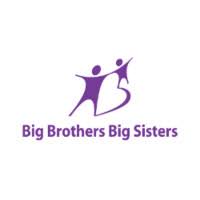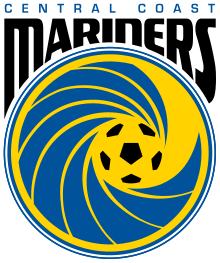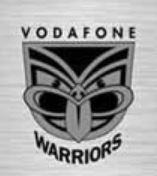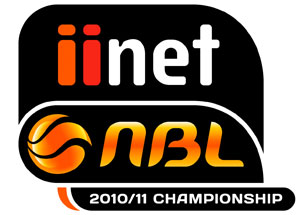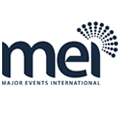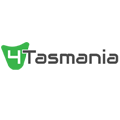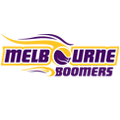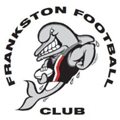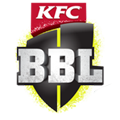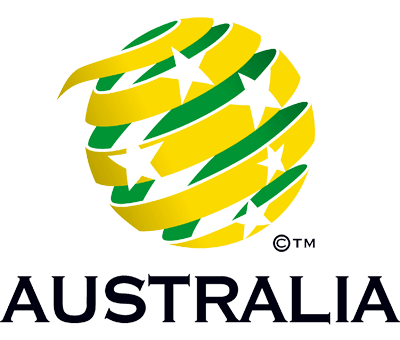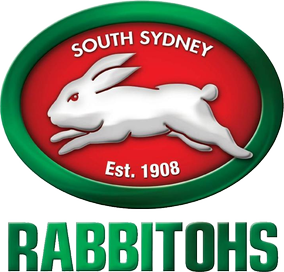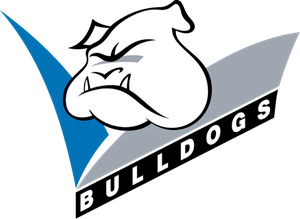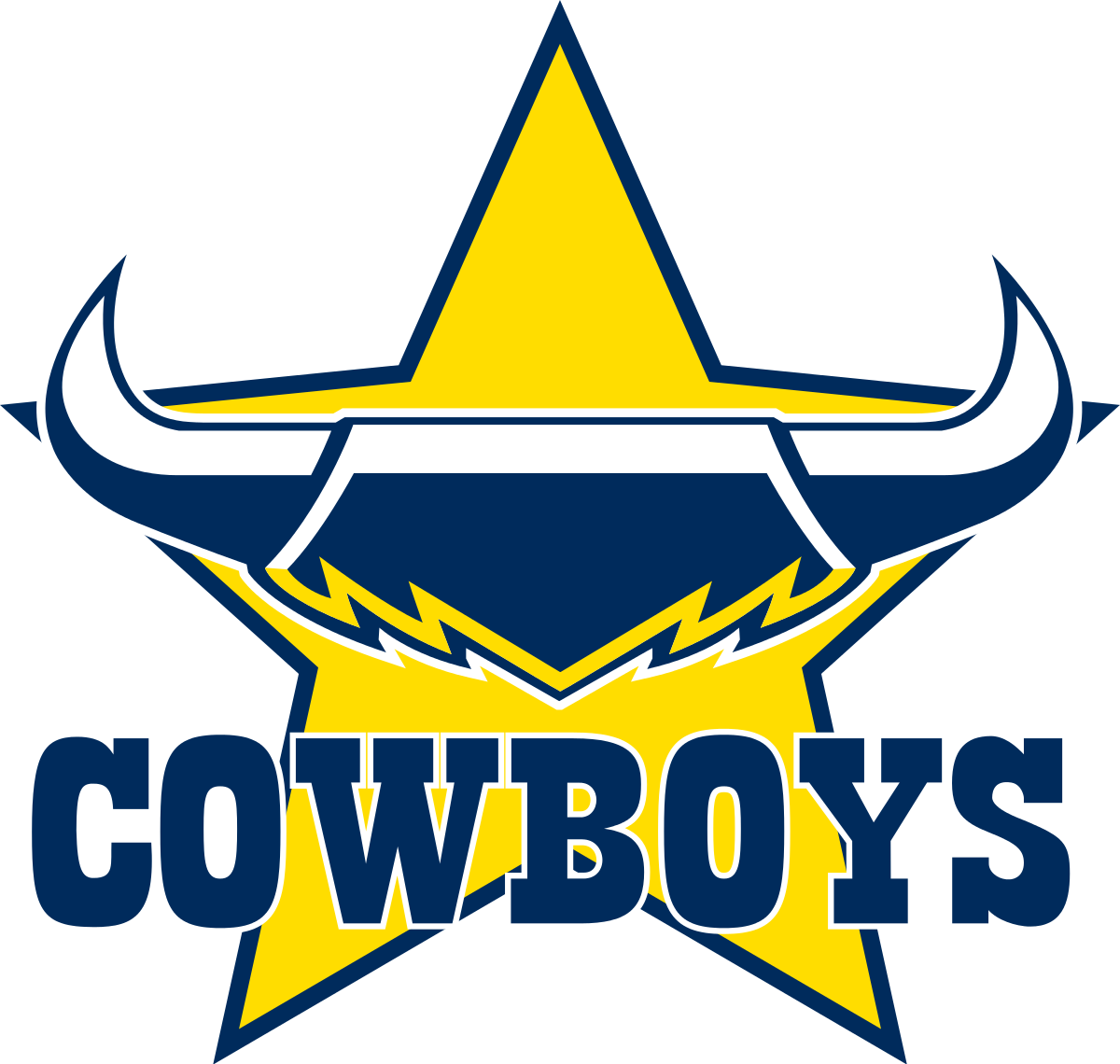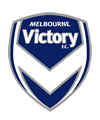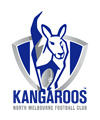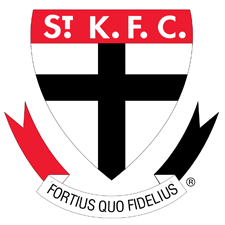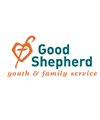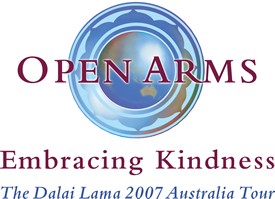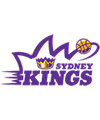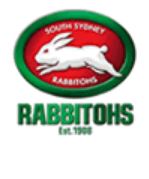TOGAF offers architects a chance to learn the principles behind implementing an enterprise-grade software architecture, including… Optimised for rapid feedback and visualisation of integration problems. Almost all testing is automated, also for non-functional requirements. It is easy to replace technology for the benefit of something better . Beyond the bigger foundational apps, individual departments begin to adopt their own domain-specific SaaS apps that may include other systems of record, such as Marketing Automation for Marketing and Ticket Tracking for Support.

All companies incorporating SaaS at this stage will use the integration maturity model. Investing in SaaS for each department is not a practical approach. Instead, businesses can opt to integrate their operations through the integration maturity model and then proceed to automate their systems by incorporating SaaS.
Extending the Base OSIMM Model
Today’s digital enterprise leaders must reshape their integration strategy to meet the demands of transformation in an increasingly digital world. For example, cios, it leaders, and enterprise architects must unify enterprise apis to enable cloud application portfolio agility. Ctos, digital strategists, and product management need to connect digital business apps to the ecosystems of saas apps used by their employees, partners, and customers. Further, api product owners must create personalized api experiences and workflows that are unique to their ecosystem of users. The Service https://www.globalcloudteam.com/continuous-delivery-maturity-model/ is a standardized model for organizations to guide their transformation to a service based business model. In this case, using SaaS for your accounting department will help make overall business operations more efficient.
In version 2.0 DEV, ACQ and SVC were merged into a single model where each process area potentially has a specific reference to one or more of these three aspects. Trying to keep up with the industry the model also has explicit reference to agile aspects in some process areas. Once you’ve identified your state of maturity, focus on understanding how specific improvements can fill the existing gaps in maturity. Defect Prevention- It focuses on the identification of causes of defects and prevents them from recurring in future projects by improving project-defined processes. Technology Change Management- It consists of the identification and use of new technologies to improve product quality and decrease product development time.
CMMI模型框架
Since the release of the CMMI, the median times to move from Level 1 to Level 2 is 5 months, with median movement to Level 3 another 21 months. These statistics are updated and published every six months in a maturity profile. CMMI was developed by https://www.globalcloudteam.com/ the CMMI project, which aimed to improve the usability of maturity models by integrating many different models into one framework. The project consisted of members of industry, government and the Carnegie Mellon Software Engineering Institute .
SlideTeam is one of the PowerPoint templates organizations who has thought of a predesigned integration PowerPoint template slide created by skilled illustrations experts’ group. While remembering the customer necessities, our architects have made this integration architecture maturity model presentation slide design. The integration template design reflects five phases which are manual, publish, consume, self-service, and ecosystem. Each stage has been given enough space with the goal that you can depict each dimension completely. You can utilize this layout to clarify the idea of a business development model, and integration maturity framework development.
Software Testing and Debugging
The first slide features a maturity graph with chevron arrow across as an indicator of integration and growth from one level to another. Subsequent slides let you illustrate growth with impactful graphics and impressive infographic. Lack of agility in centralized integration teams to cope with the demands of business driven, product-centric delivery.
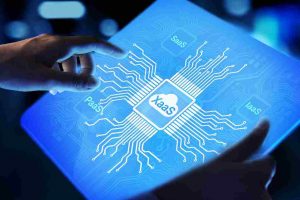
It defines a process to create a roadmap for incremental adoption which maximizes business benefits at each stage along the way. The OSIMM acts as a quantitative model to aid in assessment of current state and desired future state of SOA maturity. The concept of aMaturity Modelis a well-known framework that articulates “the ability of an organization for continuous improvement in a particular discipline”. This helps companies and teams understand the challenges they face and where they might be headed based on where they sit in the maturity model. The maturity indicators are assessed against a set of questions that elicit an organization’s current business and infrastructure-related service and SOA-related practices.
The Open Group Service Integration Maturity Model (OSIMM) Version 2 – The Model
Map out your business processes, including a list of all your SaaS applications. However, because processes are better defined, these companies can proactively identify operational issues and the requirements to address them. This is the point to consider or even adopt an integration platform, or iPaaS, for quickly building and maintaining integrations. Digital leaders must assess their integration approach, identify their enterprise’s integration capabilities, and move their integration strategy towards collaboration.

Large “enterprise” suites claiming they can solve all your problems. Chooses technology stack based on what is best for each purpose. Technology that makes it simple to roll back and forth between database versions. Feedback on database performance and deployment for each release.
Logic Model
Although the linear and simplified approach of a maturity model may not be appreciated by all business owners, they are certainly useful in prioritizing learning, estimating business progress, and calculating required investment. Embed new ideas and creativity as tools to develop strategies for improving business processes. Digital technologies have empowered organizations to redefine the way they operate, but that hinges on the level of your digital maturity. Organization Process Definition- Its key focus is on the development and maintenance of the standard development processes.
- Software Quality Assurance- It guarantees a good quality software product by following certain rules and quality standard guidelines while developing.
- But at some point, broken processes become untenable, particularly when foundational SaaS apps such as CRM, ERP, or HCM are implemented.
- Business and infrastructure components are discrete and re-usable through code and EAI re-use techniques.
- SEI has maintained statistics on the “time to move up” for organizations adopting the earlier Software CMM as well as CMMI.
- For example, the XP requirements management approach, which relies on oral communication, was evaluated as not compliant with CMMI.
- Organizations such as Netflix could be a harbinger of an observability cost crisis, where monitoring cloud-native apps comprises …
CMMI for Development (CMMI-DEV), v1.3 was released in November 2010. This is the final stage of the SaaS maturity model and at this point, your systems are fully automated and running at maximum efficiency. SaaS offers a complete solution to companies in terms of software. Through SaaS, companies can use any Cloud-based app off the internet, without needing to install it. Not only is this convenient and efficient, but it is also a cost-effective way to automate your business operations by incorporating software.
Take our maturity assessment
It also incorporates ideas from Agile development, such as continuous improvement. At the repeatable level, requisite processes are established, defined and documented. As a result, basic project management techniques are established, and successes in key process areas are able to be repeated. CMM is similar to ISO 9001, one of the ISO 9000 series of standards specified by the International Organization for Standardization.




